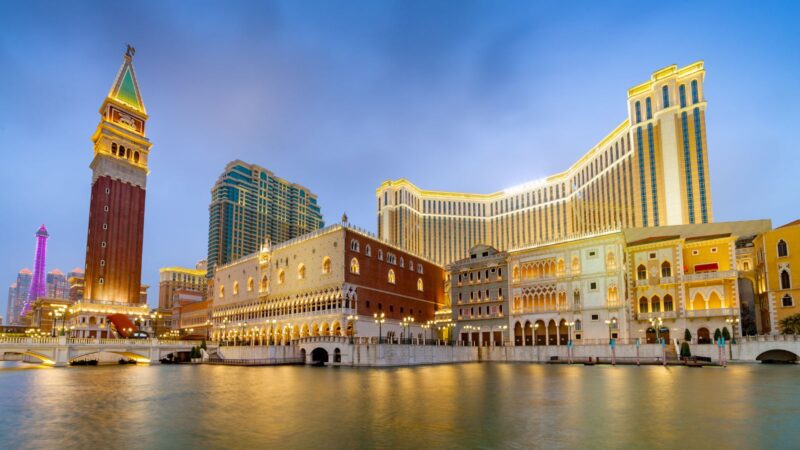
World-famous casino resorts don’t just sit there; they posture, they flex a little. Some of them whisper luxury, others practically shout it from the skyline. The architecture, part theme park, part engineering thesis, part pure theater, seems designed to pull you in before you even think about the gaming floor. Not purely for looks, either. It’s marketing by marble and light beam, or so it appears. And yes, the reputations travel far, sometimes faster than the facts.
Mesmerizing Design Elements
Step inside and the time machine feeling kicks in. Many properties lean into themes, history, fantasy, a polished version of somewhere you’ve probably seen on a postcard. A Lake Como–inspired resort, for instance, blends neoclassical trim with cool marble and glasswork that feels almost too pristine to touch, even as the casino hums just beyond the atrium. Do these motifs always reflect the cultures they borrow from? Debatable. But they do set a mood, and that mood sells. Lately, a lot of places seem to reach for “historic elegance”, familiar enough to feel safe, grand enough to feel special. It’s branding wrapped in architecture, and, well, it tends to work.
Engineering Marvels and Spectacle
Then there’s the show-off stuff. Vast atriums you can get lost in, rooftop pools that dare your vertigo, beams of light you can spot from a plane. The Luxor’s black pyramid remains the poster child here, often cited for having one of the largest hotel atriums on the planet, scale as a kind of statement piece. Over in Macau, Morpheus curves like it came out of a sketchbook from the future, its exoskeleton lit like a digital sculpture. Critics have suggested this is where hospitality edges into high-tech monument-making. Maybe that’s putting it grandly, but the ambition is, undeniably, right there in steel and glass.
Fusion of Art and Entertainment

One more turn and you’re in a gallery that happens to serve cocktails. Designers layer marble, glass, gold, sometimes too much of a good thing, sometimes perfectly judged, to signal exclusivity. The Wynn Palace, with its Chinese floral motifs, performance lake, and those cable cars floating along like a wink to old-world fun, stitches culture and spectacle together in a way that’s, if not subtle, at least intentional. The gambit seems clear: even if you never touch a table, the place should feel like an attraction, Innovative Architectural Design by kdarchitectsnet a kind of moving artwork. And occasionally it does.
Architectural Significance in the Casino Industry
It’s not just about gaming anymore, hasn’t been for a while. These complexes behave like civic landmarks, or try to, shaping skylines and local economies with their oversized confidence. Thematic bravado plus serious engineering gives cities a new reference point, for better or worse. Reports often argue that the real product is “place-making,” a curated sense of where-you-are that doubles as a reason to visit. Whether they truly redefine leisure might be up for debate; what’s clearer is that they push architecture into the entertainment spotlight, sometimes convincingly, sometimes with a bit of a grin.
The architecture of world-famous casinos might symbolize a certain creative edge, and, increasingly, a nudge toward moderation. Enjoy the spectacle, they suggest, but keep a grip on the reins. Sensible advice, even if the chandeliers are trying their best to make you forget it.









